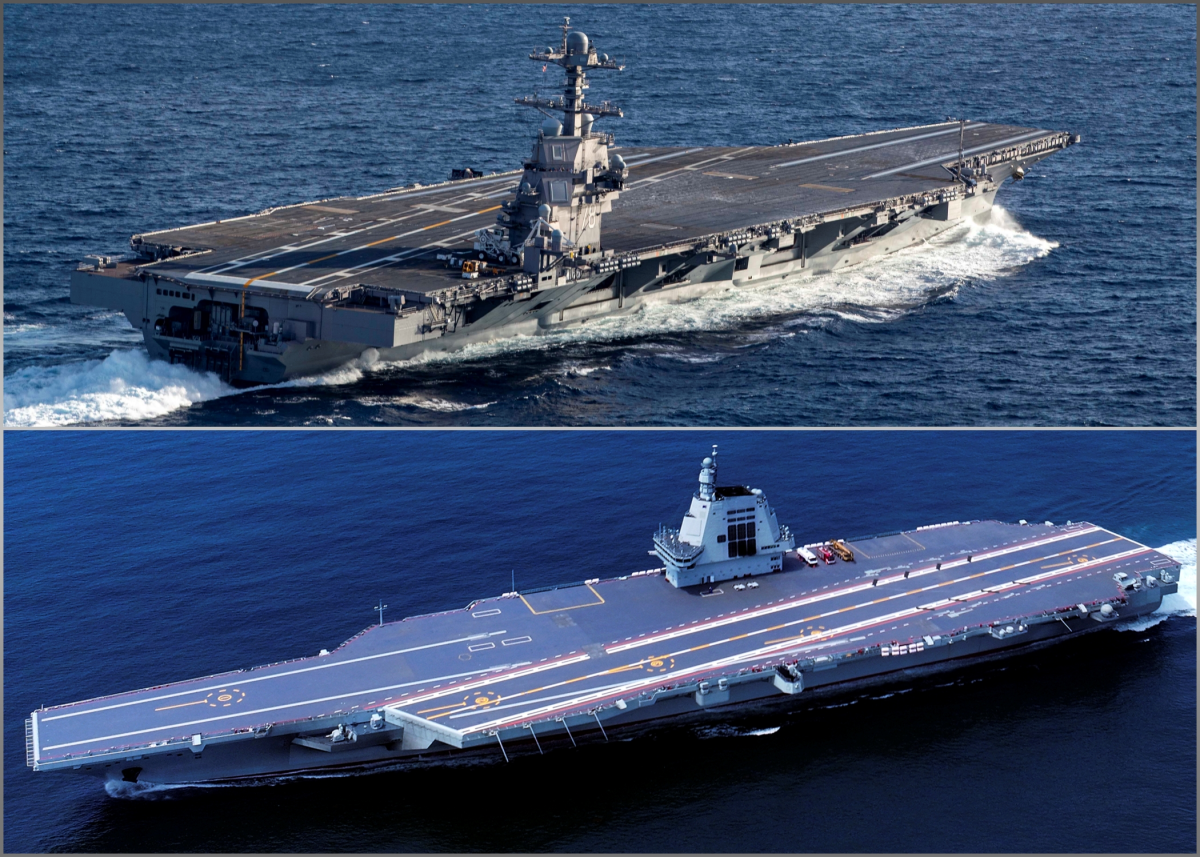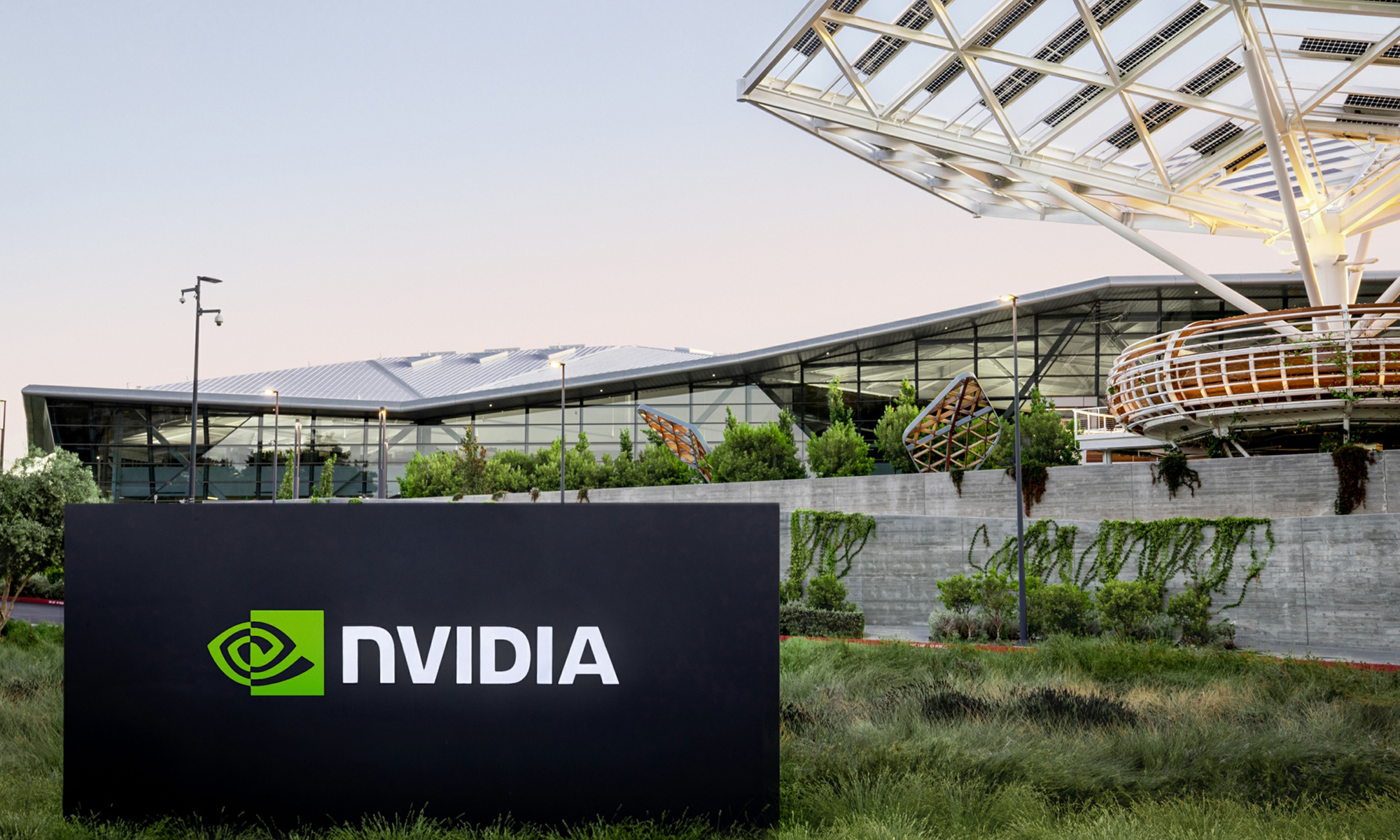Copyright Newsweek

China has recently commissioned its most advanced warship, the aircraft carrier CNS Fujian, which is considered to rival its United States counterpart, USS Gerald R. Ford. Newsweek has emailed the U.S. Navy and the Chinese Foreign Ministry for comment. Why It Matters China is undergoing rapid naval modernization under President Xi Jinping, who has set an ambitious long-term goal of building a "world-class" military by 2049. The Chinese military operates the largest navy in the world by number of ships, with more than 370 vessels, including three aircraft carriers, according to a Pentagon report last year. Facing China's growing naval threat, the U.S. maintains a fleet of 11 aircraft carriers, as required by federal law. Serving as the most visible symbol of U.S. military power, American aircraft carriers are regularly deployed overseas, particularly in the western Pacific, to signal Washington's security commitment to regional allies and partners. What To Know One of the common features of the Gerald R. Ford and the Fujian is that both are the first aircraft carriers in their countries to be equipped with electromagnetic catapults, which allow them to launch heavier aircraft, thereby bolstering their combat power. Like the older 10 Nimitz-class aircraft carriers, which use steam-powered catapults to launch aircraft, the Gerald R. Ford, the first of the U.S. Navy's newest generation of aircraft carriers, has installed four catapults across its flight deck, while the Fujian has three. Another shared feature relates to carrier-based stealth aircraft. While the Gerald R. Ford is designed to operate F-35C fighter jets, it still requires modifications to support their long-term deployment, according to the military aviation website The Aviationist. Official footage shows the Fujian can launch and recover J-35 fighter jets, which share design similarities with the F-35C aircraft. Both stealth jets—capable of evading radar detection—are regarded as the most advanced Chinese and U.S. naval combat aircraft. However, the Fujian uses steam turbines with diesel generators for propulsion, the same as the two Chinese ski-jump style aircraft carriers, CNS Liaoning and CNS Shandong, according to the Center for Strategic and International Studies' ChinaPower project. All American aircraft carriers in active service are nuclear-powered, allowing them to operate for long periods without refueling. The Gerald R. Ford can operate for 20 to 25 years before refueling its two nuclear reactors, which occurs only once in its lifetime. While the Fujian is the largest warship China has ever built, with a displacement of more than 80,000 tons, it is still smaller than the Gerald R. Ford, which has a full-load displacement of 112,000 tons. Their respective lengths are 1,036 feet and 1,106 feet. The difference in size allows the Gerald R. Ford to carry a larger aviation force, with more than 75 aircraft, including fighter jets and early warning aircraft, according to Reuters. The ChinaPower project estimates the Fujian can operate 50 to 60 aircraft. The Gerald R. Ford is homeported on the U.S. East Coast at Naval Station Norfolk, Virginia, indicating it is usually deployed to the Atlantic Ocean, the Mediterranean Sea and the Middle East via the Suez Canal, supporting U.S. forces in those regions. The Chinese navy has confirmed that the Fujian will be the second aircraft carrier—after the Shandong—homeported at Yulin Naval Base near Sanya in Hainan province, north of the South China Sea, where China has territorial disputes with other countries. The locations of their home ports mean the two aircraft carriers would not operate in the western Pacific at the same time. The U.S. has stationed another aircraft carrier, USS George Washington, in the region as part of its forward-deployed forces in Japan. What People Are Saying U.S. President Donald Trump said at USS Gerald R. Ford's commissioning ceremony in July 2017: "Wherever this vessel cuts through the horizon, our allies will rest easy and our enemies will shake with fear because everyone will know that America is coming and America is coming strong…Our true strength is our people. Our greatest weapon is all of you. Our nation endures because we have citizens who love America and who are willing to fight for America." Xinhua News Agency reported on Friday: "The Fujian, [China]'s first aircraft carrier with electromagnetic catapults and its third overall, was launched and named in June 2022. Its hull number is '18.' The Fujian was designed and built entirely independently by [China], and its electromagnetic catapult technology is among the world's most advanced." The Pentagon's Chinese military power report 2024 read: "Fujian is larger than the ski-jump carriers and fitted with an electromagnetic catapult launch system. This design enables it to support additional fighter aircraft, fixed-wing early-warning aircraft, and more rapid flight operations, thus extending the reach and effectiveness of the [People's Republic of China]'s carrier-based strike aircraft." What Happens Next It remains to be seen when the Fujian will conduct its maiden deployment. The Gerald R. Ford was deployed for the first time in 2022—five years after its commissioning—and is now operating in the U.S. Southern Command's area of responsibility, which covers Latin America and the Caribbean, supporting counter-narcotics missions.



